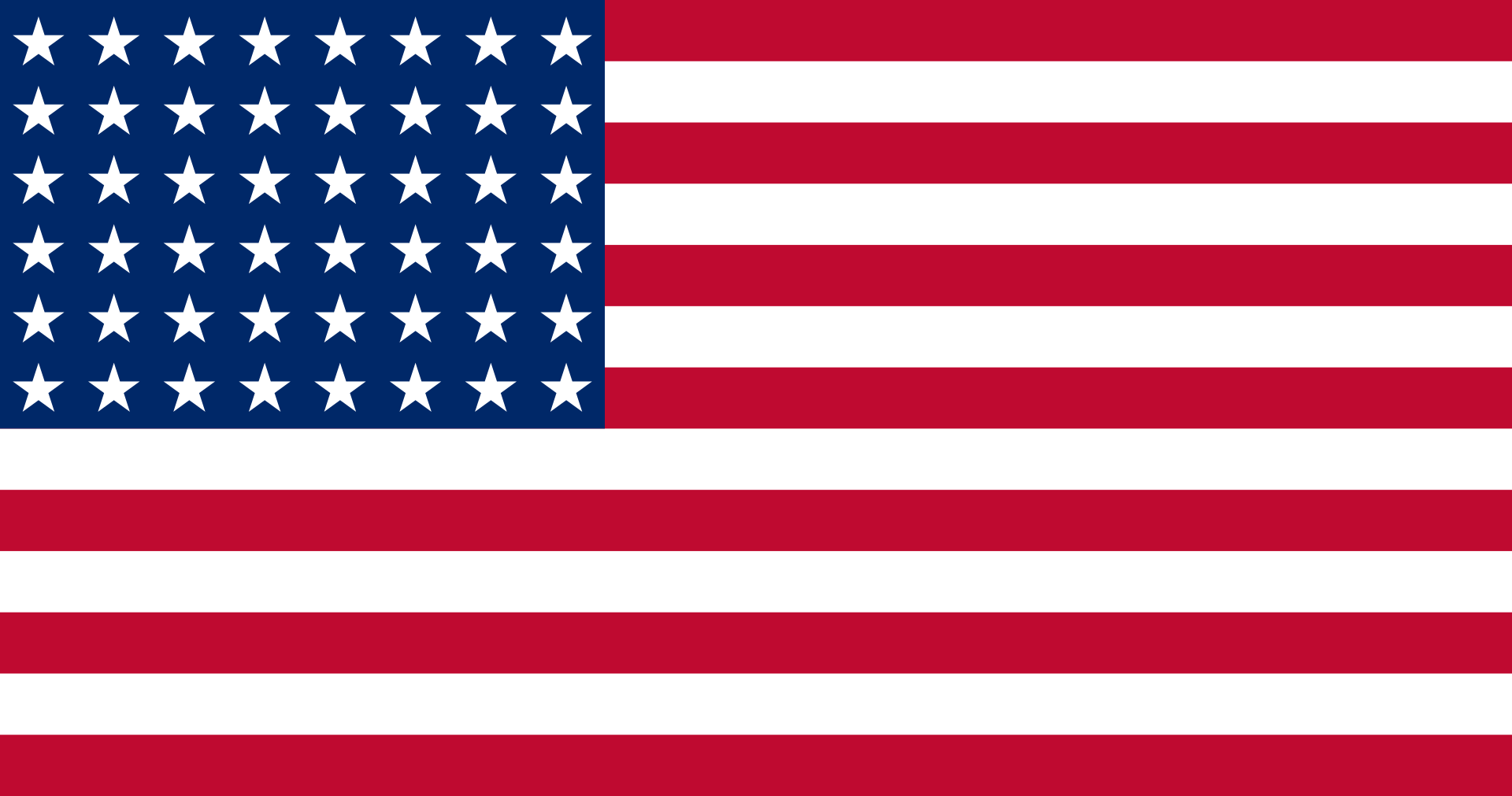Aerial Transit
Operator Identification
United States of America
TYPE: Cargo airline
IATA/ICAO CODES: Nil
HEADQUARTERS: Miami, FL
FORMER NAME: Nil
SUBSEQUENT NAME: Nil
Operator History
Aerial Transit was established by Charles A. Lawson in late 1984 to provide scheduled all-cargo services to destinations in the southeastern US and Latin America, especially Mexico and Central America. Outfitted with a single Commando and 3 Douglas DC6As, the 38-employee company began revenue services in early 1985. A total of 7.3 million FTKs were flown by late December. Revenues totalled $2.49 million, costs were held to $2.42 million, and an operating income of $66,000 was achieved. Net gain was an identical $66,000.
Three workers were dismissed in 1986, but cargo climbed 10.8% to 8.13 million FTKs. Revenues ascended 3.1% to $2.57 million, expenses jumped 7.3% to $2.6 million, and the operating loss was $31,980. Net profit, on the other hand, rose to $140,447.
Two new employees were hired in 1987 and two DC-6BFs were added to the fleet to replace the Commandos. Freight swole by 10.3% to 8.97 million FTKs. Although revenues advanced by 13.2% to $2.9 million, costs, up 16.4% to $3.03 million, again exceeded income. The operating loss accelerated to $121,314.
The payroll increased by 24.3% in 1988 to 46. Cargo advanced by 37.4% to 11.3 million FTKs. Revenues increased 50.2% to $4.369 million, but expenses climbed 44.2% to exactly the same figure. There is neither operating nor net gain or loss.
A third DC6B joined the fleet in 1989 and helped to push freight traffic up by 14.1% to 12.89 million FTKs. Revenues climbed 24.1% to $5.42 million, but costs jumped 33.1% to $5.81 million. The resulting losses, both operating and net, were $395,000 each.
The 80-employee company had a dismal 1990. While climbing away from Guatemala City on 4 May 1989, a DC6BF with 3 crew lost power and crashed. All aboard the freighter were killed, along with 16 people on the ground. Cargo fell 18.6% to 11.23 million FTKs.
The workforce was cut by 42.5% in 1991 to 46 and a DC6B was withdrawn. Freight traffic was down again, by 51.1%, to 5.21 million FTKs.
Recession cut deeply into Aerial Transit's business in 1992. Cargo plunged 34.9% to 3.38 million FTKs. Although revenues totalled $6.47 million, expenses led to losses: $275,909 (operating) and $335,539 (net).
The two-plane airline suffered a horrific 1993 as freight free fell 73.8% to only 887,680 FTKs. It released no figures and went out of business in 1994.
Commando Operations
February 1985* to November 1989*
Aerial Transit operated two Commandos in cargo configuration. These were eventually replaced by two Douglas DC6Bs which were acquired in 1987.
Commandos Operated
- Curtiss C-46A-60-CK Commando: N74173 (II)

